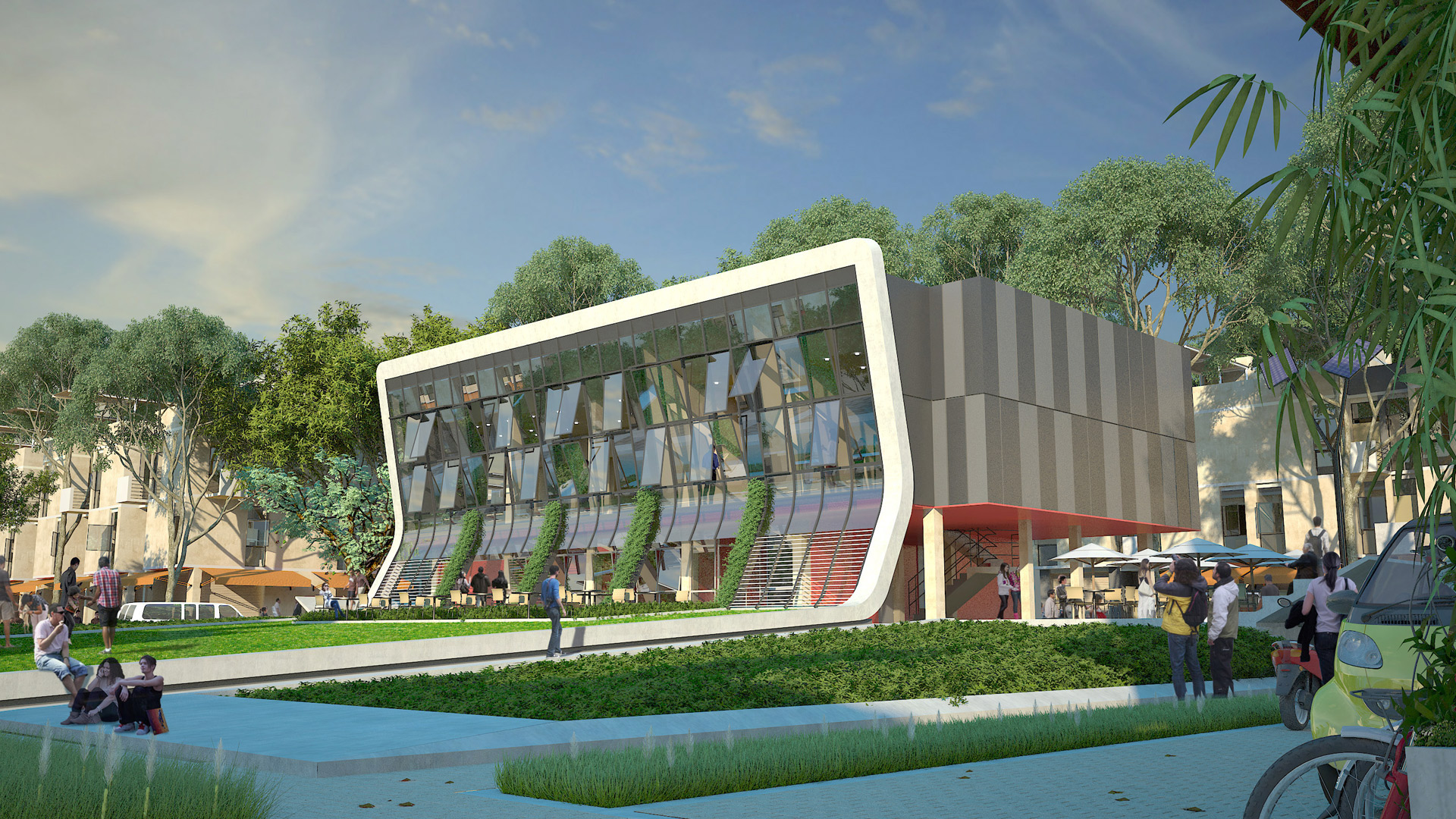2011 – 201 - Ongoing
Project Type: Leisure, Planning, Residential | Geography: Nepal
At a time when residential communities are mushrooming across the Country, Riverhill Forest differentiates from the rest by being an affordable community with unparalleled amenities. Here the open space is interwoven with the River and streets to create series of intimate neighborhoods. Also, they serve multiple functions – social, recreational, mobility and ecological. The summer breeze (day or night) are funneled through north-south corridors while stormwater is managed using bio-swales . The preservation of existing trees and structures become an important tapestry of a desirable place to live, play and raise families.
In order to preserve the surrounding farmland, the design seeks to attain maximum development that is compact and walkable – thus less reliant on automobiles. Additionally, the major streets are extended through the community to link the surrounding areas and tap into the larger transit network.
At a smaller scale, each housing type is specially designed keeping in mind the cost, but more importantly the warm climate and need for shade and cross ventilation along with adequate day lighting. But most importantly, the overall design is a true reflection of the market and the desire to create sustainable living environment that is affordable to larger population.
FACTS
Site area: 35 Acr
Total Built-up area: 1,323,238 SF
Housing Type: Single Family Detached, Single Family Attached, Townhouse, Shop-house, Walk-up Apartment
Land dedicated to Plots: 1,058,975 SF [68%]
Streets: 337,546 SF [22%]
Green space: 163,773 SF [10%]
Clubhouse: 4000 SF
Retail: 20,000 SF
KG School: 3000 SF
Target Pop: 2,500
Households: 600-750
Design Director: Kiran Mathema
Consultant Team: Ajaya Mathema, Dipesh Shrestha, Sabin Chakardhar, Umesh Agrawal.







